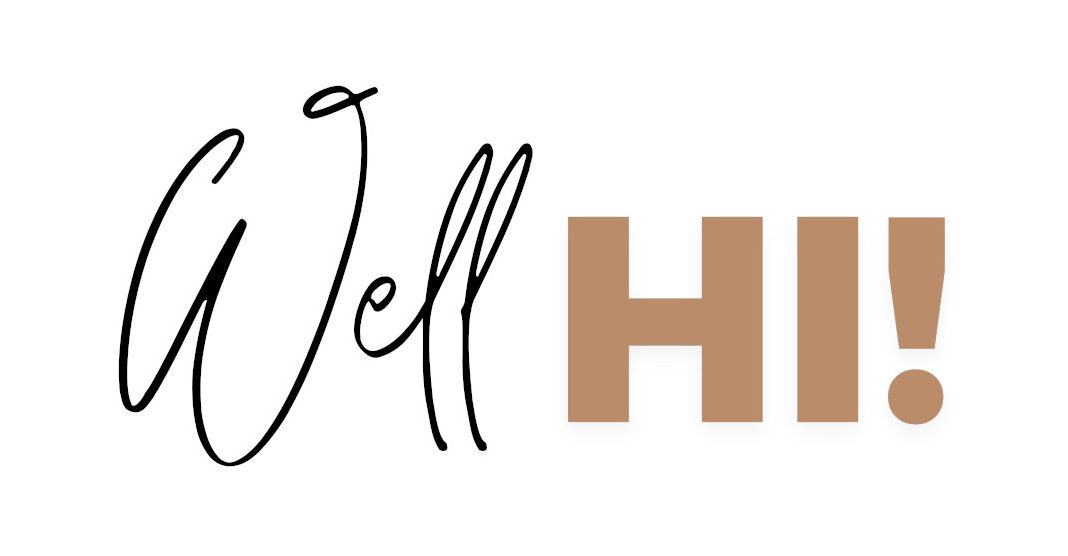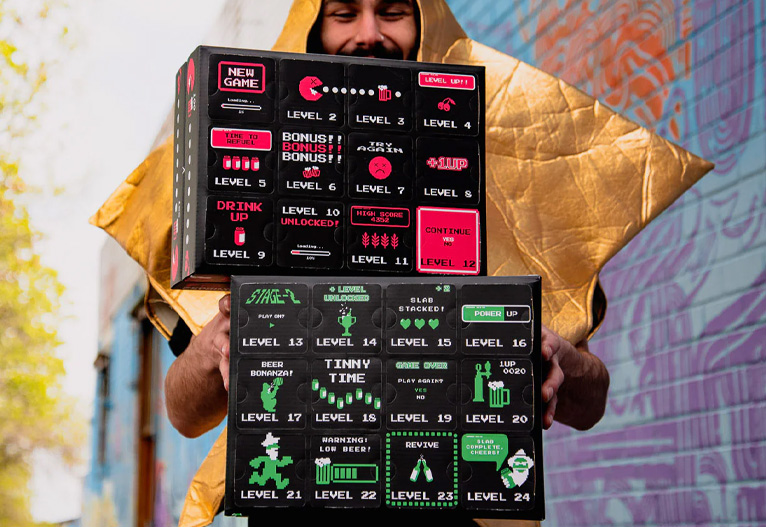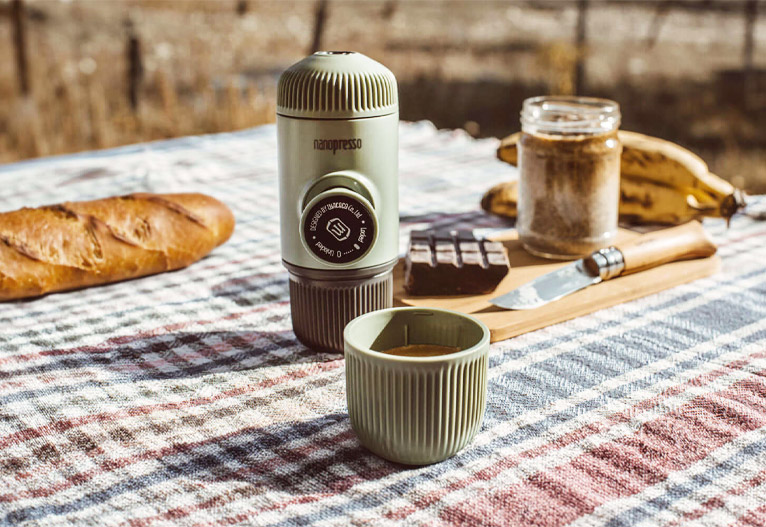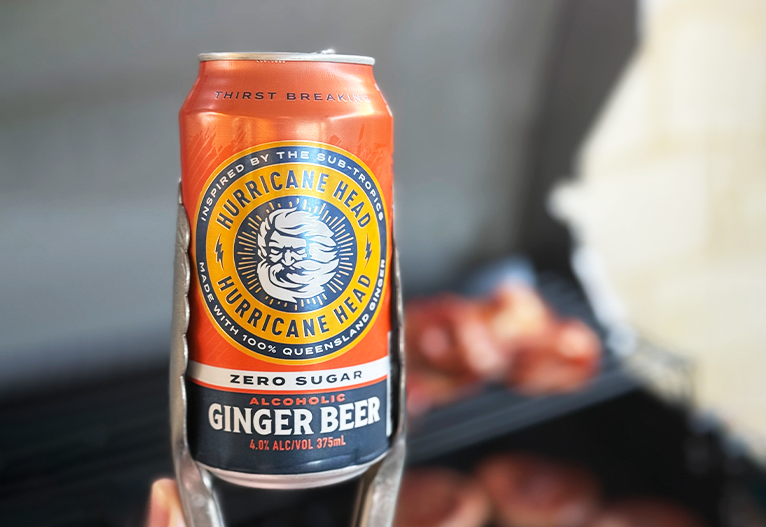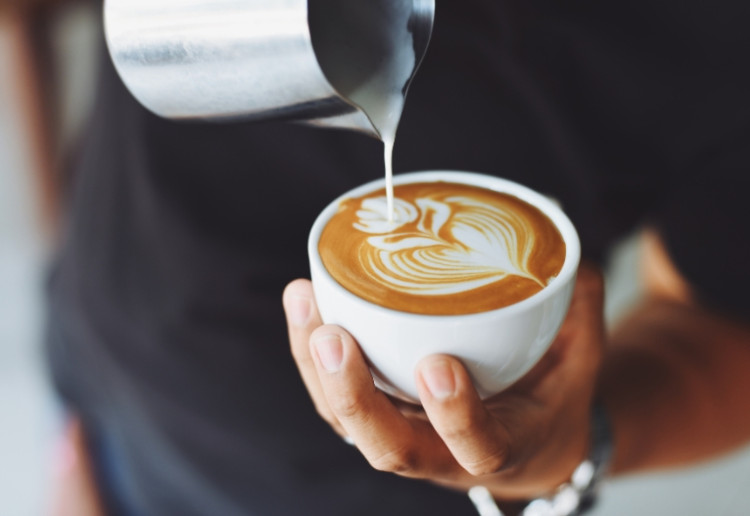Everyone seems to have an opinion when it comes to coffee, so what’s the truth about the world’s most-loved sip? We asked an expert to debunk 12 of the most talked about coffee myths, and here’s what he had to say.

Shaun Kumar is a passionate and driven individual with a deep-rooted love for coffee and an unwavering commitment to excellence in the hospitality industry. With a career spanning over 20 years in all aspects of coffee, Shaun plays a pivotal role in product development, quality control, and customer engagement, leveraging his expertise to create memorable coffee experiences for brands such as Piazza D’Oro.
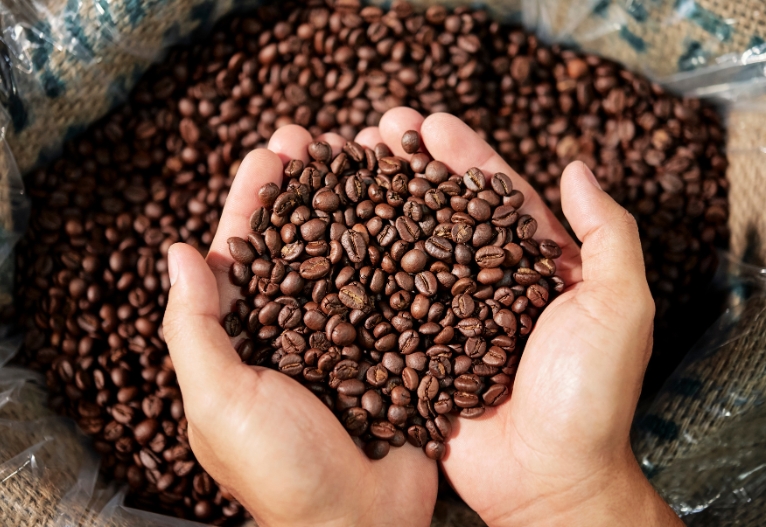
Myth 1: Coffee is a bean
No, coffee is not a bean, it is the seed of a coffee cherry. The ‘bean’ moniker comes from its appearance, but it is more accurately a roasted seed, similar to cacao.
Myth 2: Coffee should be stored in the fridge
Yes and no. Coffee is best preserved in an airtight container at room temperature in a cool, dark place, not in the fridge. When stored in the fridge, the condensation and moisture can degrade the flavour.
I keep my ‘limited edition’ coffees vacuum-sealed in the freezer and take them out for 5 minutes before I grind and brew them.
Myth 3: Dark beans are stronger than light ones
Darker roasts develop a bolder, more intense flavour but this doesn’t necessarily mean they have more caffeine; light roasts can retain slightly more caffeine. The ‘strength’ ‘Italian Style’ and ‘French Roast’ is largely about taste and roast intensity rather than caffeine content.
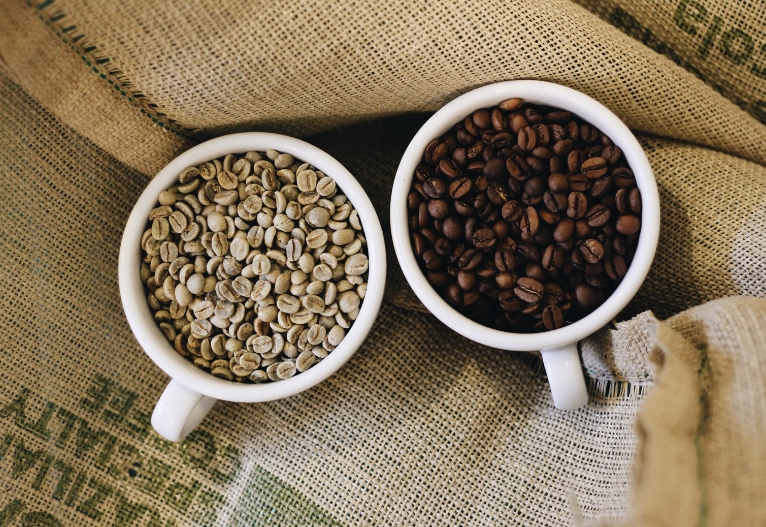
Myth 4: Coffee dehydrates you
According to Health Direct, we get about one-fifth of the water we need from food, the rest comes from liquids that we drink. You can get water from any fluids — including tea and coffee, fruit juice, milk, soup and soft drinks.
Myth 5: Espresso is the strongest choice at your cafe
Espresso is more concentrated in flavour, however, its small serving size means it typically contains less caffeine per serving than a full cup of brewed coffee. The ‘strength’ depends on both concentration and volume; regular drip coffee may deliver more overall caffeine.
All coffee brewed in Australia counts as strong if you use less milk or make it a ristretto.
Myth 6: Espresso is a type of bean
Wrong. Espresso refers to a brewing method that forces hot water through finely ground coffee – it isn’t a distinct type of bean. Some people aren’t aware that espresso is the base for many favourite coffees, including lattes, flat whites, cappuccinos and mochas!
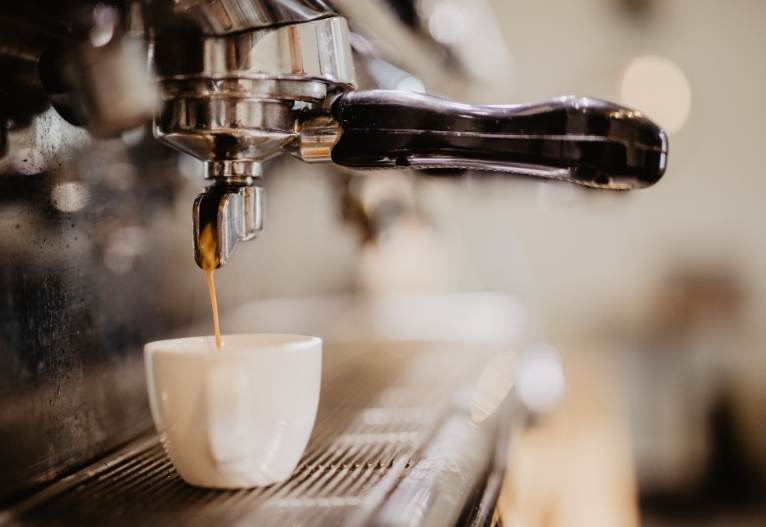
Myth 7: You should use freshly roasted coffee immediately
The smell of freshly roasted coffee often gets our tastebuds tingling and although fresh coffee is great, the beans need a few days to degas after roasting. If we brew too soon after roasting this can result in uneven extraction and below-average flavour.
Myth 8: Coffee is naturally bitter
Coffee has a complex flavour profile. It also has acidity and sweetness that can be accentuated or subdued by roast level and brewing method. The bitterness of coffee is only one aspect and this can be balanced with water or milk as well as the proper extraction recipe.
Myth 9: Cold brew is the same as iced coffee
Wrong. Cold brew is made by steeping coffee grounds in cold water over many hours. Iced coffee, on the other hand, is brewed hot and cooled over ice.
Cold brew is a concentrate, made using a Toddy or Cold Drip tower over hours and often diluted with water and/or milk. Iced coffee is prepared with an Espresso machine. The distinct brewing methods yield different flavour profiles and acidity levels.
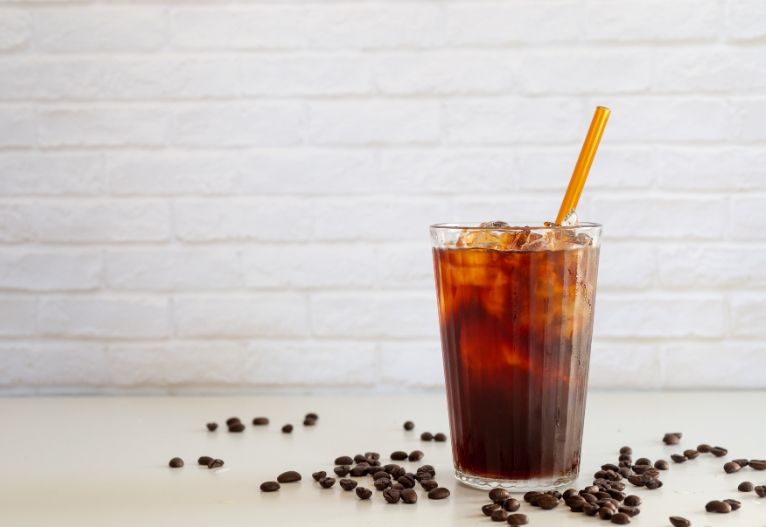
Myth 10: Decaf has no caffeine
Decaffeinated coffee still contains a small amount of caffeine, usually around 2-5 mg per cup, due to the limitations of the decaffeination process. 1 oz of 30 ml of espresso contains roughly 63 mg of caffeine. This value can vary slightly based on factors like the coffee bean, roast level and extraction method but 63 mg is the widely accepted average.
Myth 11: The stronger the smell, the stronger the coffee
Although a robust aroma may signal a well-roasted bean, this doesn’t reliably indicate higher caffeine content or overall ‘strength’. The flavour and aroma depend on the bean’s origin, roast and brewing method not just on scent intensity.
Myth 12: Drinking coffee at night keeps you awake
Individual caffeine sensitivity and tolerance vary, so an evening coffee won’t keep everyone awake. It doesn’t work for me!
Heard a coffee myth we haven’t touched on? Leave a comment below!
